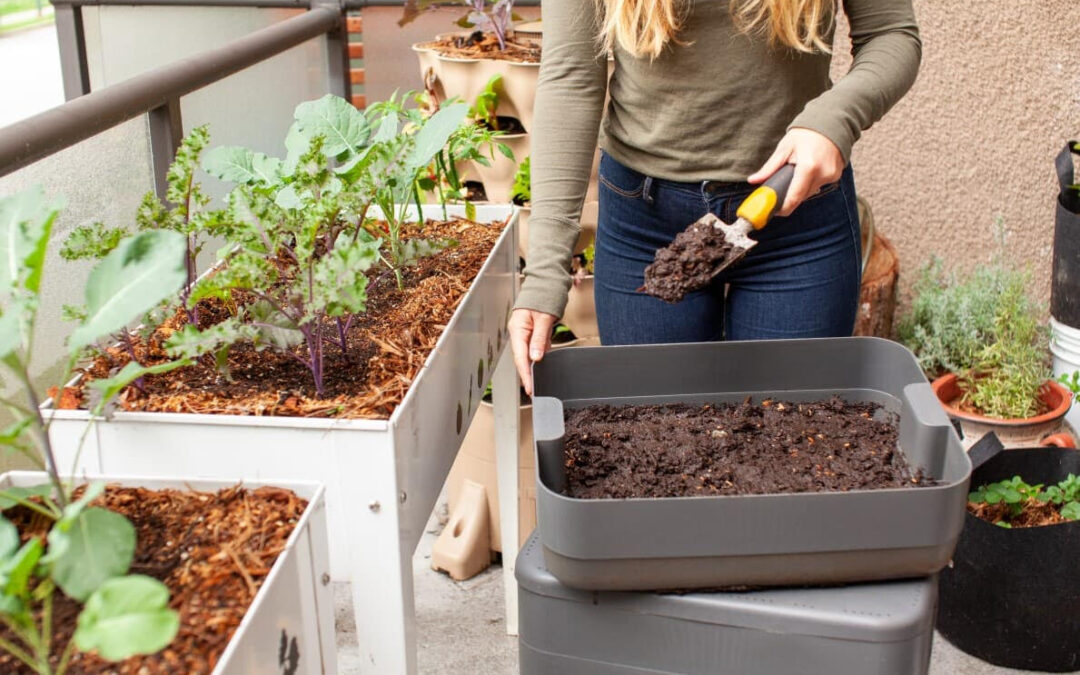If your outdoor space requires you to be more strategic with your garden plan, don’t worry!
Choose the right plants.
Select plants best suited for small-space gardening, such as herbs, salad greens, strawberries,
dwarf vegetables and fruit trees. Plant breeders are constantly introducing vegetables
that take up less space. Be sure to consider which vegetables you can easily purchase fresh in your area, which you truly love but can’t buy locally. That may help you decide which to incorporate and which to purchase.
Grow up, not out
Use vertical space. Utilize trellises, hanging baskets, and wall-mounted planters to grow plants vertically.
Make sure to put them on the north side of your garden area so you avoid shading the smaller plants.
Cucumbers, tomatoes, peas, and pole beans are all eager climbers.
You can also stack containers to create an herb tower. It’s an easy DIY project that is not only a welcome
decorative element to any small garden but creates even more room for various herbs, making the most
of a small space garden.
Turn your unproductive wall space into a living herb wall. Just about any herb can be used in an edible
wall. Herbs such as oregano and thyme will trail and spill, while basil and sage add a leafy fullness. The
aesthetic will change and improve as the herbs grow and fill out the wall.
Have a planting strategy.
Group plants with similar water, sunlight, and soil requirements together to maximize the use of space.
Plants that are too close together end up competing for nutrients and light. So, fewer properly spaced plants will give you a better yield than squeezing in as many as possible in a small space.
Companion planting
Companion planting involves planting different crops together so they benefit from each other, and the
combination of plants can deter pests. Shade-tolerant plants benefit from being planted next to taller
crops. For example, basil and lettuce love the shade taller plants provide, like tomatoes.


